What Temperature To Store Wine: Wine Storage Basics
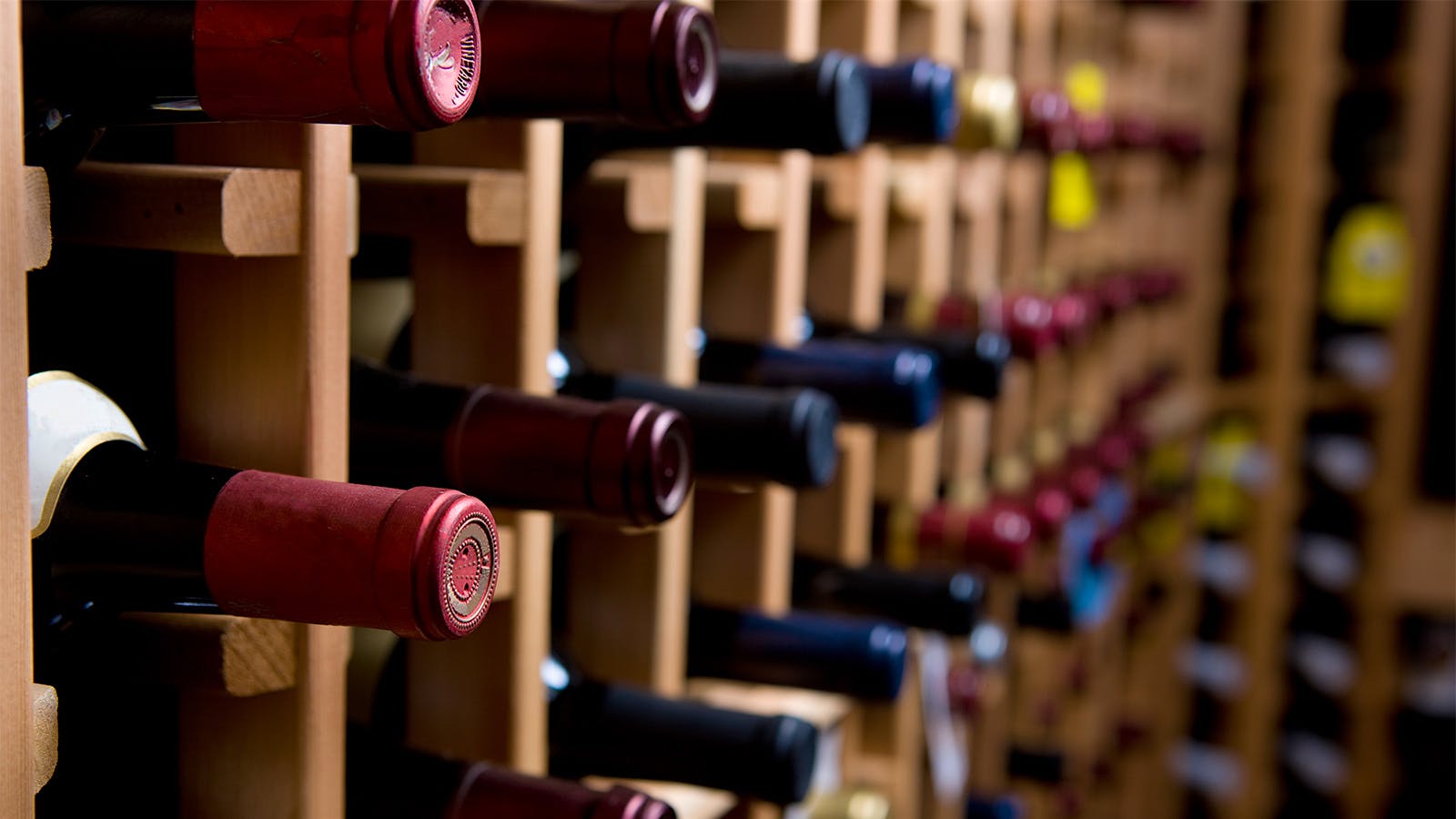
The temperature at which wine should be stored is a crucial factor in maintaining its quality and taste. Generally, the optimum storage temperature for wine is around 55°F (~13°C). It is important to avoid temperature fluctuations as they can cause the corks to expand and contract, leading to potential wine spoilage. It is safe to store wine between 45°F (~7°C) and 65°F (~18°C) as long as the temperature remains relatively stable. Keeping the wine in a cool, dark place away from direct sunlight and heat sources is also essential for proper storage.
What Temperature To Refrigerate Wine
When it comes to refrigerating wine, the ideal temperature is around 45°F to 55°F (7°C to 13°C). This slightly cooler temperature helps slow down the aging process and preserves the wine’s freshness. It’s important to note that refrigerating wine at temperatures below 45°F (7°C) can potentially impact the wine’s flavor and aromas. Therefore, it’s best to avoid storing wine in a regular refrigerator, as those temperatures can drop below the recommended range. Investing in a wine refrigerator or cooler specifically designed for wine storage is the best way to ensure that your wine is kept at the perfect temperature.
Ideal Wine Storage Conditions
Ideal wine storage conditions are crucial for preserving the quality and flavor of your wine. The temperature should be kept between 45°F to 65°F (7°C to 18°C), with a consistent temperature being more important than the specific degree. Fluctuations in temperature can lead to the expansion and contraction of the liquid, causing damage to the wine. Humidity levels should be maintained between 50% to 70% to prevent corks from drying out. Additionally, wines should be stored away from direct sunlight and vibrations, as they can negatively impact the aging process. Creating a cool, dark, and stable environment is essential for optimal wine storage.
Storing Red Wine: Guidelines And Tips
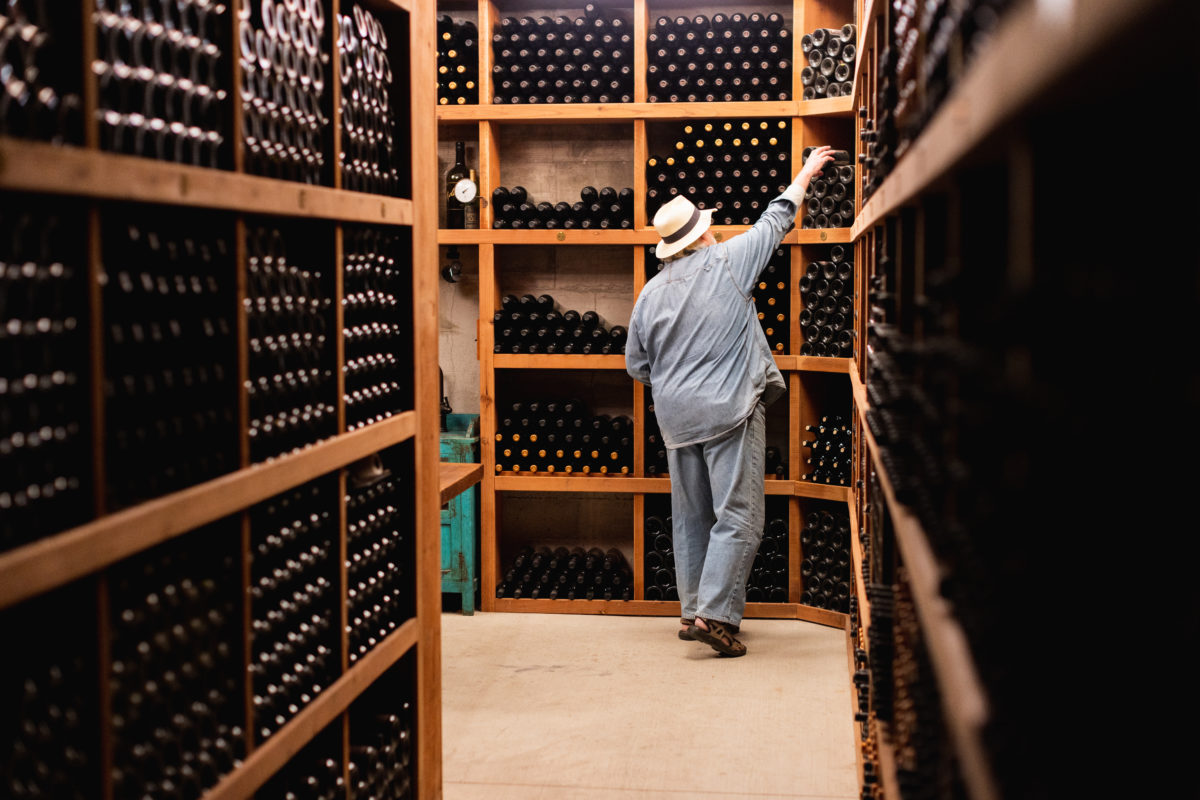
When it comes to storing red wine, there are a few guidelines and tips to keep in mind. First, store red wine at a temperature between 55°F to 65°F (12°C to 18°C) to maintain its quality. It is also important to store red wine in a dark and cool place away from direct sunlight. Secondly, ensure that the humidity levels are between 50% to 70% to prevent the corks from drying out. Lastly, store red wine horizontally to keep the cork moist and maintain its seal. By following these guidelines, you can ensure that your red wine remains in optimal condition for longer periods.
Red Wine Storage Temperature
Red wine should be stored at a temperature between 55°F to 65°F (12°C to 18°C) to preserve its quality and characteristics. This temperature range allows the wine to age gracefully and develop complex flavors over time. It is important to avoid storing red wine at higher temperatures, as this can cause it to age too quickly and lose its balance and structure. Conversely, storing red wine at lower temperatures can inhibit the aging process and prevent it from reaching its full potential. By maintaining the optimal storage temperature, you can ensure that your red wine remains in perfect condition for enjoyment.
Humidity Levels For Storing Red Wine
Humidity levels play an important role in storing red wine. The ideal humidity range for storing red wine is between 60% and 80%. This level of humidity helps to keep the cork moist, preventing it from drying out and letting air into the bottle. Too low humidity can cause the cork to shrink, leading to oxidation and spoilage of the wine. On the other hand, excessive humidity can promote mold growth and damage the labels. Maintaining the appropriate humidity level ensures that the integrity and quality of the red wine are preserved for long-term storage.
Storing White Wine: Best Practices
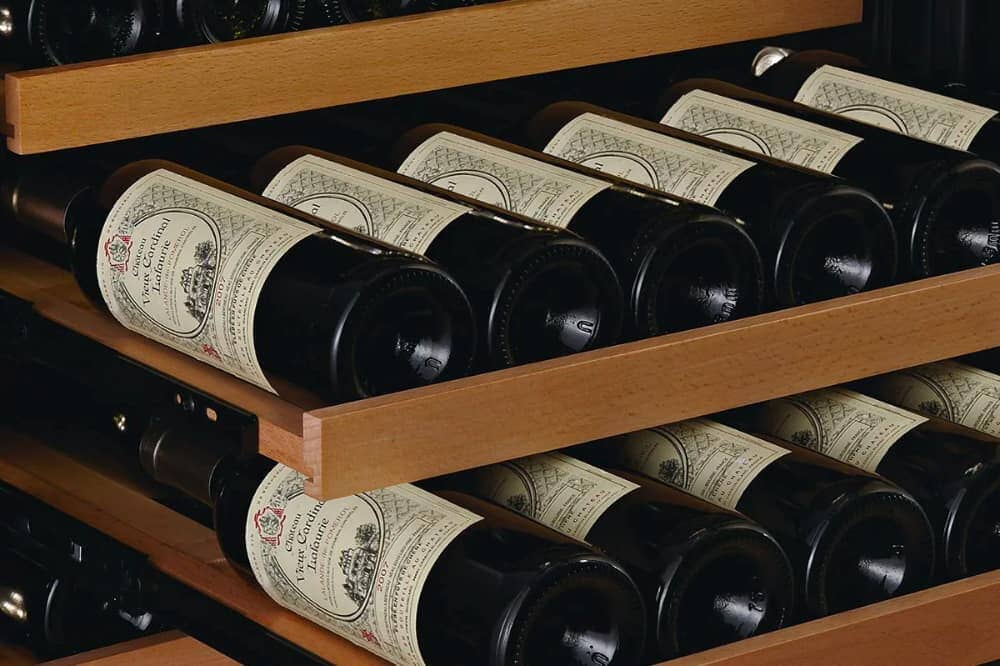
Storing white wine properly is essential for preserving its flavor and quality. The best practice for storing white wine is to refrigerate it at a temperature of around 45-55°F (7-13°C). This cool temperature helps to slow down the aging process and maintain the freshness of the wine. It is also important to store white wine away from light and vibration, as these factors can negatively impact its taste. Additionally, it is recommended to store white wine bottles horizontally to keep the cork moist and prevent oxidation. Following these best practices will ensure that your white wine stays in optimal condition for longer periods of time.
White Wine Refrigeration Recommendations
White wine should be refrigerated at a temperature of around 45-55°F (7-13°C) to maintain its freshness and quality. It is best to store unopened white wine in a wine fridge at this recommended temperature range. Once open, white wine can be stored in the refrigerator for up to 3-5 days to preserve its flavor. It is important to use a wine stopper or airtight closure to prevent oxidation. Avoid storing white wine in the freezer as it can negatively affect its taste and texture. Remember to chill your white wine before serving for the best sensory experience.
Light And White Wine Storage
Light and white wines have specific storage requirements to maintain their freshness and flavor. These wines should be stored in a cool, dark place away from direct sunlight. Exposure to light can cause chemical reactions in the wine, leading to undesirable flavors. Additionally, white wines are more sensitive to heat than red wines, so it is important to store them at a lower temperature range, around 45-55°F (7-13°C). Keeping light and white wines in a temperature-controlled wine refrigerator or cellar will ensure that they are stored under optimal conditions, allowing you to enjoy their full potential.
Wine Cellar Vs. Wine Fridge: Pros And Cons
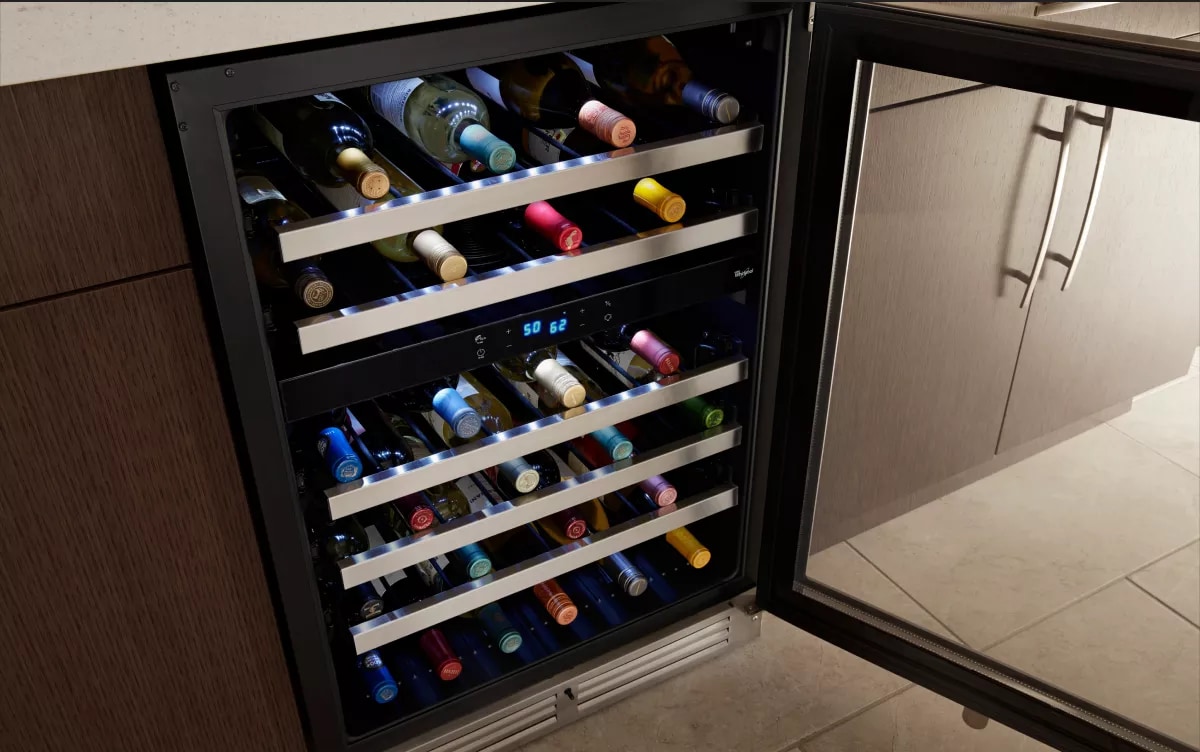
When it comes to wine storage, there are two main options: wine cellars and wine fridges. Wine cellars offer a traditional and elegant solution for storing your prized collection. They are specifically designed to provide the ideal conditions for aging wine, with consistent temperature and humidity levels. However, wine cellars can be expensive to build and maintain, and they require a dedicated space in your home. On the other hand, wine fridges are a more affordable and versatile option. They allow you to store your wine at a controlled temperature and are suitable for both short-term and long-term storage. Wine fridges are compact and can easily fit into any kitchen or living space. However, they may not provide the same level of insulation and stability as a wine cellar. Ultimately, the choice between a wine cellar and a wine fridge depends on your budget, space availability, and the level of aging you plan for your wine collection.
Pros And Cons Of Wine Cellars
Wine cellars offer a traditional and elegant solution for storing your prized collection. They provide the ideal conditions for aging wine, with consistent temperature and humidity levels. With a wine cellar, you have better control over the entire storage environment, allowing you to customize the climate and humidity according to your needs. Additionally, wine cellars can add value to your home and create a luxurious atmosphere. However, they can be expensive to build and maintain, and they require a dedicated space in your home. For wine enthusiasts who have the budget and space, wine cellars are an excellent choice.
Benefits Of Using A Wine Fridge
Using a wine fridge offers several benefits for wine enthusiasts. Firstly, it provides a dedicated space to store your wine collection, keeping it separate from other food items in your regular refrigerator. This ensures that your wine is not subjected to odors or flavors from other foods. Secondly, a wine fridge allows you to control and maintain the ideal temperature for wine storage, preserving the flavors and aromas of each bottle. With precise temperature settings, you can create the perfect conditions for both red and white wines. Additionally, wine fridges provide protection from light, which can be harmful to the quality of wine over time. By keeping your bottles in a dark and consistent environment, a wine fridge helps to prevent premature aging and oxidation. Overall, using a wine fridge ensures that your wine collection stays in optimal condition, ready to be enjoyed at any time.
How Long Can You Refrigerate Wine: Wine Shelf Life
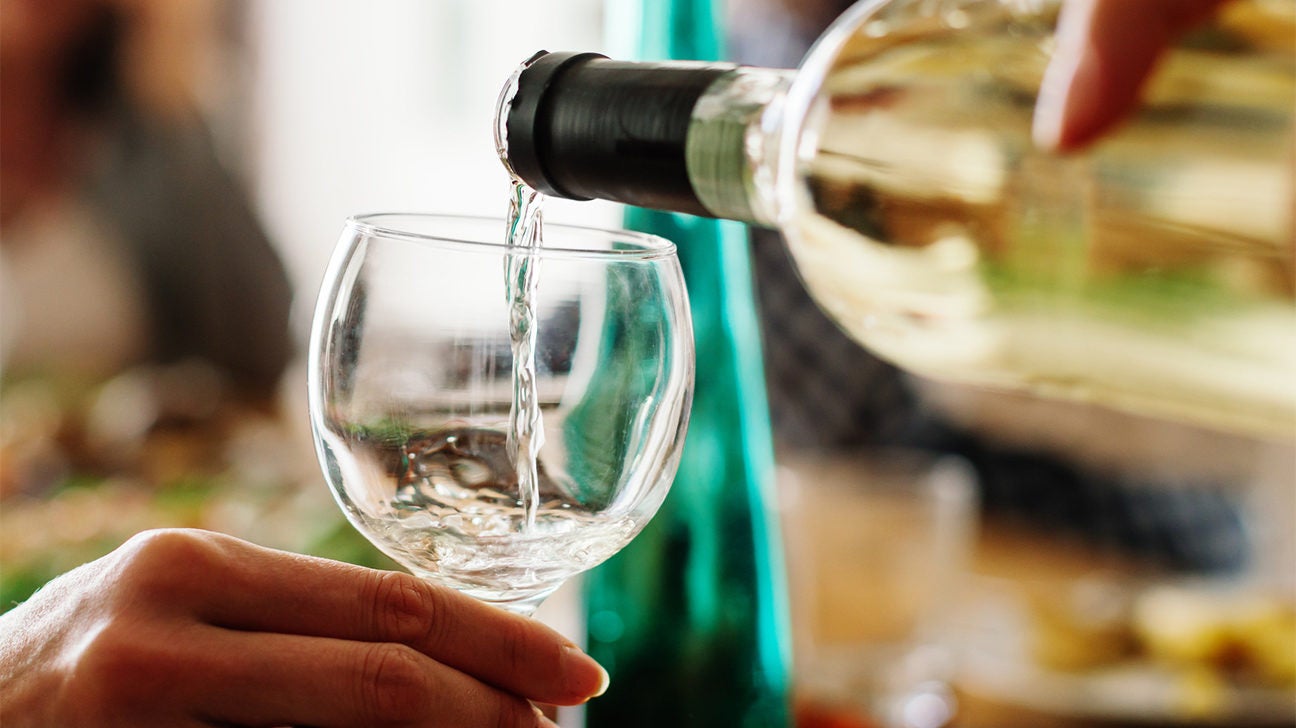
The shelf life of refrigerated wine depends on various factors such as the type of wine, storage conditions, and the method of sealing the bottle. Generally, opened bottles of red wine can be refrigerated and stored for up to five days before the quality starts to decline. White wines have a shorter shelf life and are typically best when consumed within three days. It’s important to note that these are just general guidelines, and some wines may last longer or shorter depending on their individual characteristics. To maximize the freshness and flavor of your wine, it’s best to consume it within the recommended time frame.
Shelf Life Of Opened Wine Bottles
Once you open a bottle of wine, its shelf life will depend on various factors. Generally, opened bottles of red wine can be refrigerated and stored for up to five days before the quality of the wine starts to decline. On the other hand, white wines have a shorter shelf life and are typically best when consumed within three days. It’s important to remember that these are just general guidelines, and some wines may last longer or shorter depending on their individual characteristics. To ensure the freshness and flavor of your wine, it’s best to consume it within the recommended time frame.
Tips To Extend Wine Freshness
To extend the freshness of your wine, there are a few key tips to keep in mind. First, reseal the bottle tightly after each use to minimize exposure to oxygen. Using a vacuum pump can also help remove excess air from the bottle. If you have leftover wine that you won’t consume within a few days, consider transferring it to a smaller container to reduce the amount of air space. Additionally, storing the wine in a cool and dark place, away from direct sunlight and temperature fluctuations, can help preserve its flavor and aroma. Lastly, avoid storing wine near strong-smelling substances as it can affect the wine’s taste. By following these tips, you can extend the freshness and enjoyment of your wine.
Conclusion
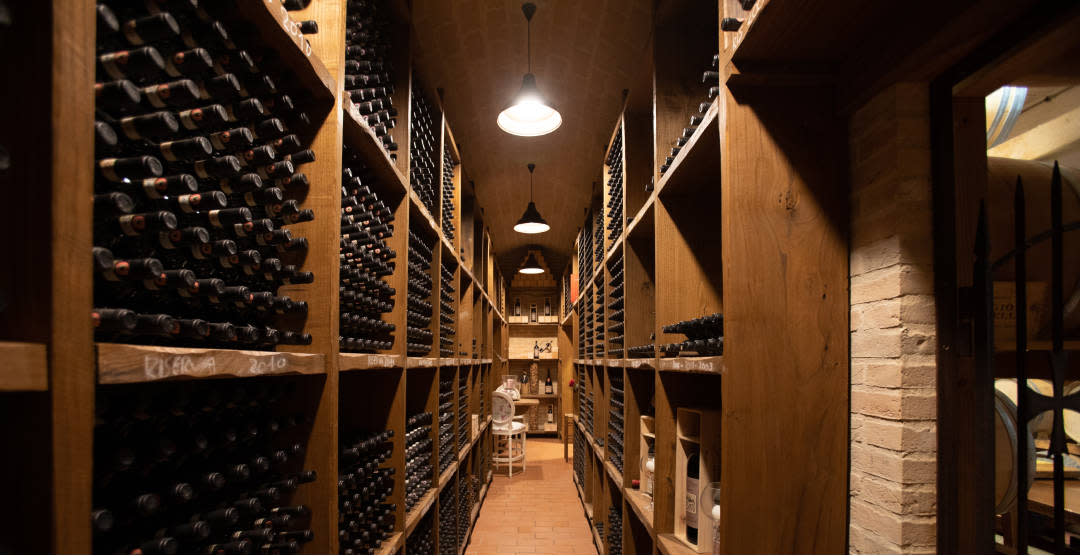
In conclusion, proper wine storage is essential for preserving the quality and flavor of your favorite wines. By understanding the ideal storage conditions, such as temperature, humidity levels, and light exposure, you can ensure that your wines age gracefully and maintain their freshness. Whether you choose a wine cellar or a wine fridge, it’s important to create a stable environment that minimizes temperature fluctuations and exposure to oxygen. By following these essential wine storage tips, you can enjoy your wines to their fullest potential and savor every sip.
Essential Wine Storage Tips
When it comes to storing wine, there are a few essential tips to keep in mind. First, always store wine bottles horizontally to keep the cork moist and prevent it from drying out. Secondly, avoid storing wine near strong odors, as they can seep into the wine and affect its flavor. Additionally, try to minimize temperature fluctuations by keeping wine in a cool and consistent environment. Lastly, handle wine bottles with care to avoid shaking or disturbing the sediment. By following these tips, you can ensure that your wines age gracefully and maintain their quality.
Common Misconceptions About Refrigerating Wine
There are several common misconceptions about refrigerating wine that need to be debunked. Firstly, many people believe that all wines should be stored in the refrigerator, which is not true. Certain wines, such as reds and aged wines, should not be refrigerated as it can affect their flavors and aromas. Another misconception is that refrigeration can revive spoiled wine, which is not the case. Refrigeration can only slow down the oxidation process, but it won’t reverse any spoilage. It’s important to understand the specific storage needs of each wine type to ensure optimal flavor preservation.
FAQ About Proper Wine Storage Practices
Q: Do you refrigerate wine?
A: Yes, some wines can be stored in the refrigerator, especially white wines, sparkling wines, and rose wines. However, not all wines benefit from refrigeration, such as full-bodied red wines which are better stored in a cool, dark place.
Q: How long can wine be stored in the refrigerator?
A: Wine can be stored in the refrigerator for a few days to a few weeks, depending on the type of wine. It is best to check the specific wine label for recommended storage conditions.
Q: What are the ideal conditions for storing wine?
A: The ideal conditions for storing wine include a cool, dark, and stable environment with a temperature range of 45-65°F (7-18°C), away from sunlight and vibrations. Humidity levels should be around 70%, and bottles should be stored horizontally to keep the cork moist.
Q: Can I store wine on its side in the refrigerator?
A: Storing wine on its side in the refrigerator is fine for short-term storage, but for long-term storage, it is advisable to keep it in a wine cellar or cooler that maintains the ideal temperature and humidity levels.
Q: How can I protect wine from temperature fluctuations?
A: To protect wine from temperature fluctuations, avoid storing it near appliances that generate heat or in areas prone to temperature fluctuations. Investing in a wine cooler or cellar can help maintain a consistent temperature for optimal wine storage.

Let’s be honest—Parma, OH has its fair share of neighborhood joints, as do the surrounding Cleveland suburbs. There are bar food offerings, happy hour, and an enjoyable environment in which to watch the Tribe and Browns.
With Sidekicks Tavern, though, you get all that and then some. You get a bar menu, a warm staff, and a great group of fun customers to hang with.
In the words of one of our favorite regulars, Sidekicks is a hidden gem.